CPR, First Aid, BLS, ACLS, PALS certifications.
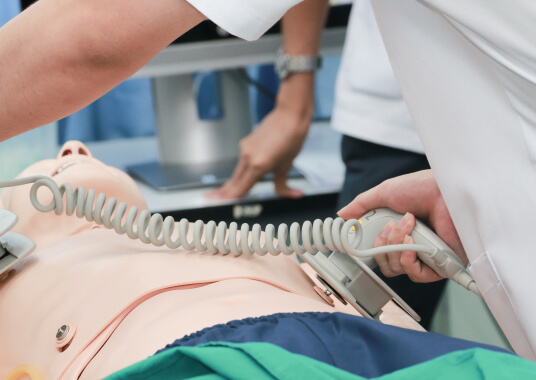
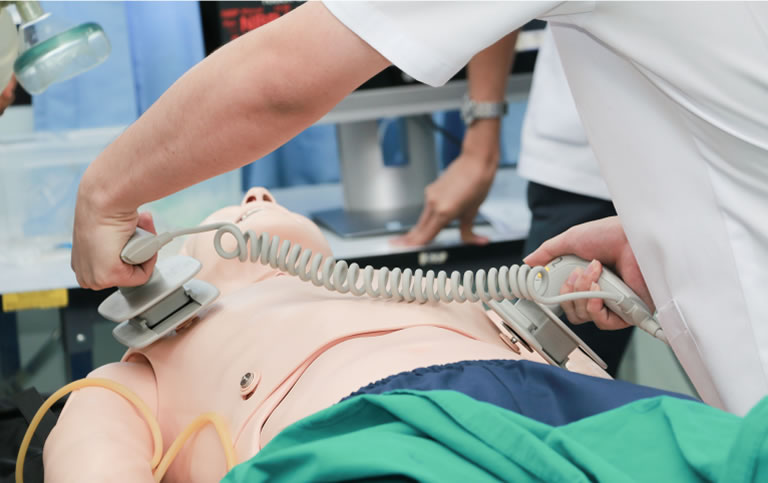
$119.00 $169.00
| Chapters | CE Credits | Validity | Cost | Duration | ECC | Exam Attempts | Wallet Card |
|---|---|---|---|---|---|---|---|
| 17 | 6.0 | 2 Years | $119.00 | 3-4 Hrs | Compliant | Unlimited | Download/Print/Mail |
When a patient goes into cardiac arrest, their heart stops beating and they don’t have a pulse and that is when Pulseless electrical activity (PEA) or cardiac contraction occurs. If you eliminate the main cause of PEA arrest, patients with PEA can survive. Even though the heart is producing organized electrical activity, no mechanical activity is produced. There will be no contractions of the cardiac muscles. Any organized rhyme without a pulse is PEA (except VF, VT and asystole) and includes: idioventricular rhythms, ventricular escape rhythms, post-defibrillation idioventricular rhythms, and Bradyasystolic rhythms.
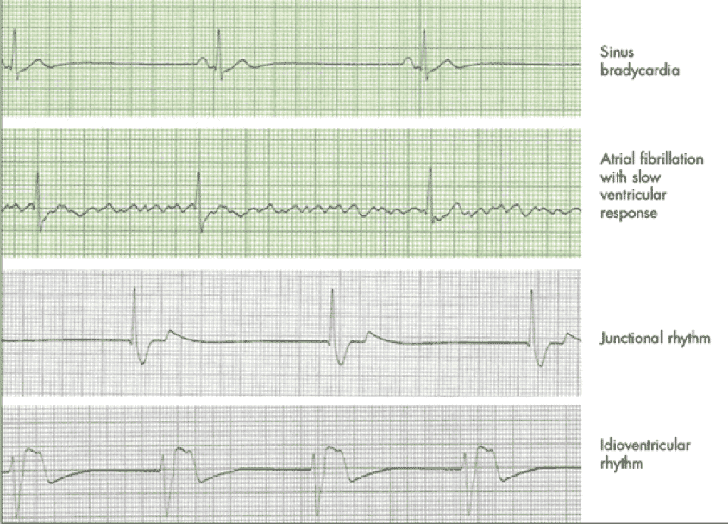
| H’s | T’s |
| Hypovolemia – Decreased blood volume | Tension pneumothorax – air in the pleural space around the lung (lung collapses) |
| Hypoxia- decreased partial pressure of oxygen in blood | Tamponade – compression of the heart produced by excess fluid surrounding the heart |
| Hydrogen ion (acidosis) – Increase in the concentration of H ions in blood | Toxins – poisonous substances |
| Hyper-/hypokalemia –abnormally high or low potassium concentration in the blood | Thromobosis (pulmonary) – formation of a blood clot which blocks a blood vessel in lungs |
| Hypothermia – core temp is less than 96.8 F, and severe is less than 86 F | Thrombosis (coronary) –formation of a blood clot which blocks a blood vessel in heart |
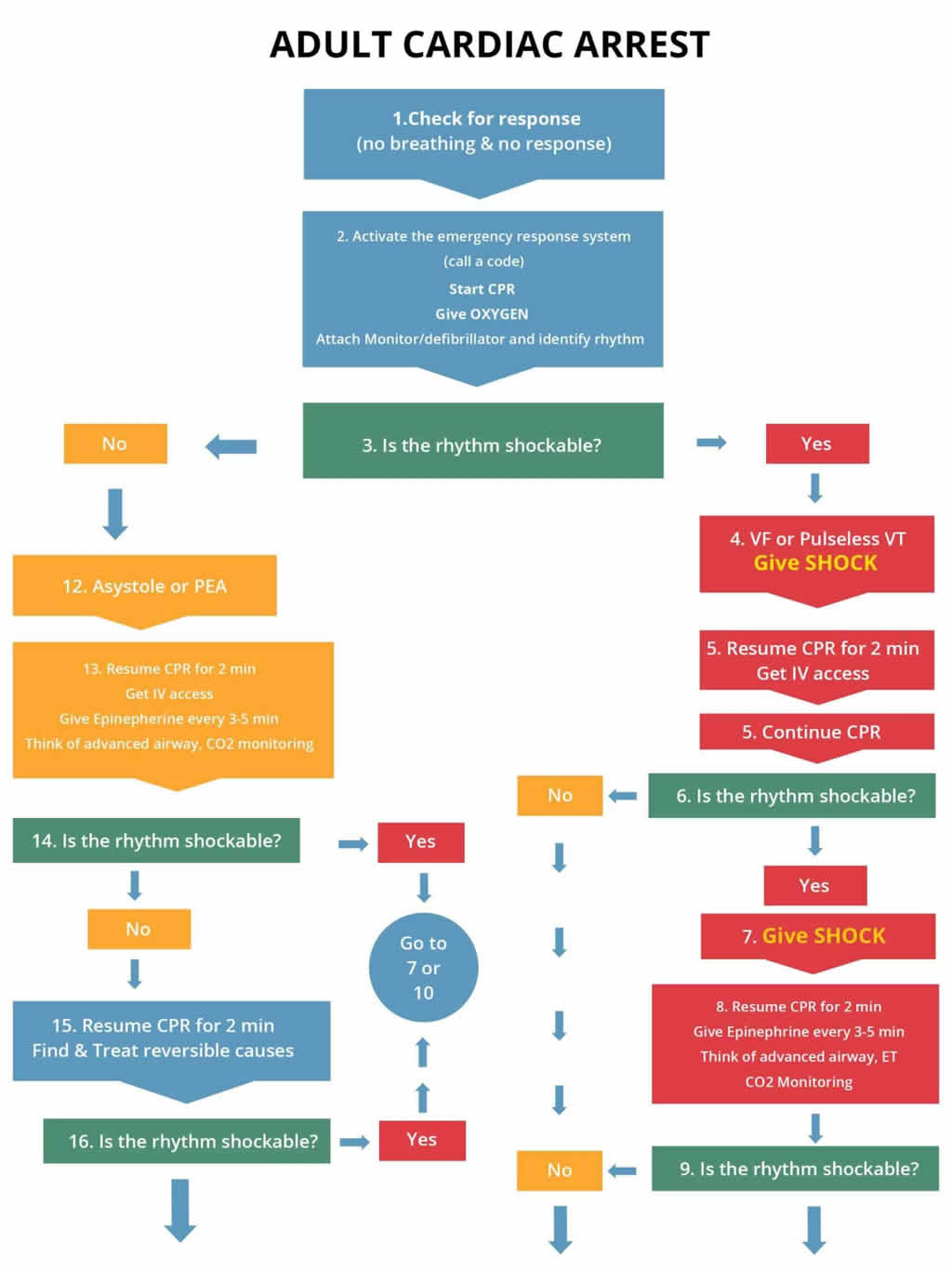
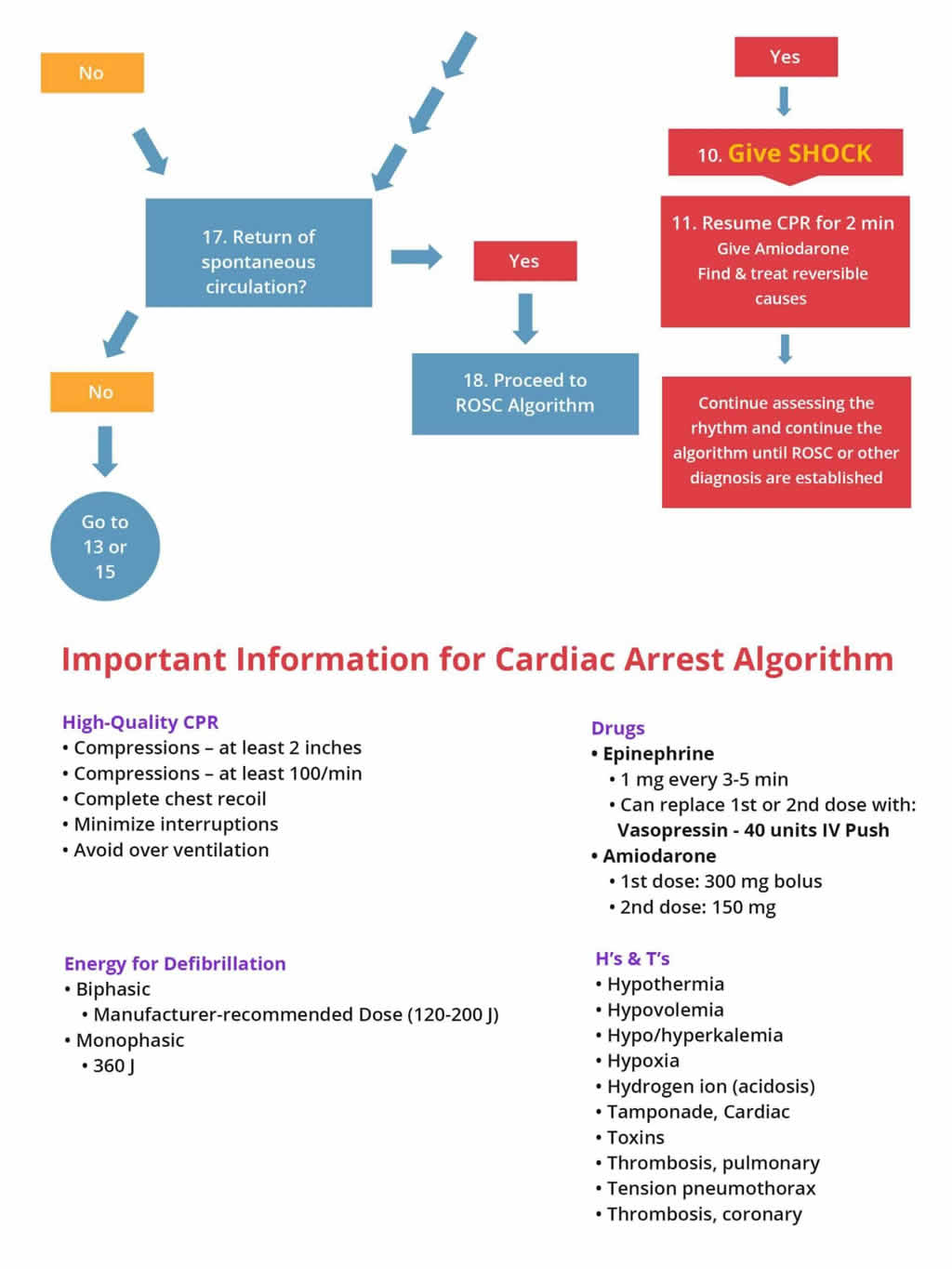 To ensure the best outcome for PEA it is vital to have uninterrupted, high quality CPR and to quickly figure out the reversible causes.
To ensure the best outcome for PEA it is vital to have uninterrupted, high quality CPR and to quickly figure out the reversible causes.